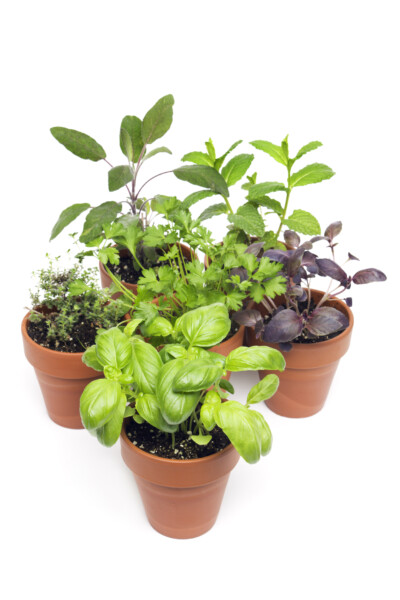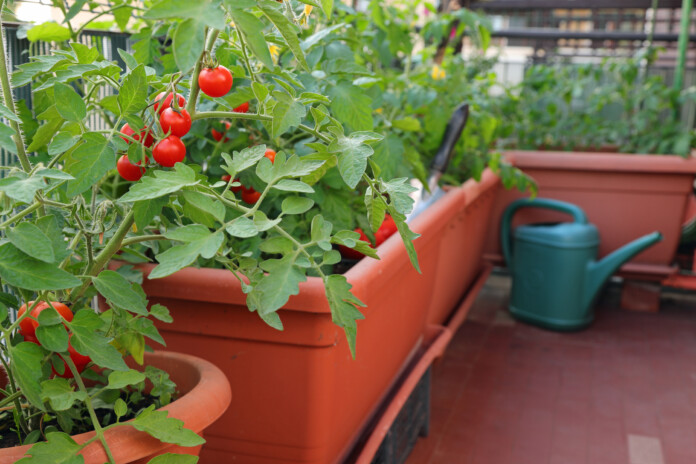Vegetables and flowers growing in containers. This style of gardening is fun and accommodates lifestyles that do not require large spaces.

And there are few limitations on what you can grow in containers when space is tight, or you want to grow only a few favorites.
For protection from critters, pots may prohibit gophers, squirrels and rabbits from munching on your plants.
Plants in pots are mobile and provide accommodation for weather and pleasing arrangements among other plants, depending on what you are planting, your need and space. Flowers and vegetables may be grown in the same pot.
Starting plants in black pots provides more heat. Planting in containers with standardized potting soil eliminates concerns about adverse soil conditions or in-ground pests like nematodes.
Account for seasonal changes. I killed most of my plants because I thought like a Midwesterner about soil, geography, weather and growing schedules.
What can be grown in containers? Anything and in any quantity. Propagators and breeders developed varieties that grow fast and are suitable for containers. The more desirable plants are those that fruit over a period of time, such as tomatoes, eggplant, peppers, melons, leafy lettuce, Swiss chard, green onions and herbs. The outer leaves are picked for consumption and the centers are left for growth.
Different species can be grown in the same container: onions, lettuce, corn, tomatoes. Some are tall, some short and some cascade over the edges. Larger containers, such as whiskey barrels, can hold dwarf trees. Small vegetables can then be grown under the canopy of the foliage.
Containers include pots or bowls, recycled buckets, cans, boxes, plastic bags, Styrofoam coolers and bushel baskets.
What to plant in a container? That’s easy: Remember thriller, spiller and filler. Thriller is the tall, expressive plant that commands attention. Spiller is the plant that spills over the edges, flowing and colorful. Filler is the smaller plant for vacant areas.

When filling the container, remember to use lightweight mix, such as indoor plant mix or potting soil that drains well. You can use a homemade substitute of equal parts sharp-coarse sand, soil and compost or peat moss. Include a slow-release balanced fertilizer such as Osmocote 14-14-14.
Do not fill the container to the top. Leave 1-2 inches of space for watering the plant.
Do not pack the space tight. Plants need space for water penetration and oxygen. This allows for good root development, aeration and growth. Perlite is a good additive to keep the soil loose.
Give it a try. Container gardening is fun, easy and rewarding.
Harriet Phelps has been a Master Gardener with the University of Arizona
for 17 years.

















